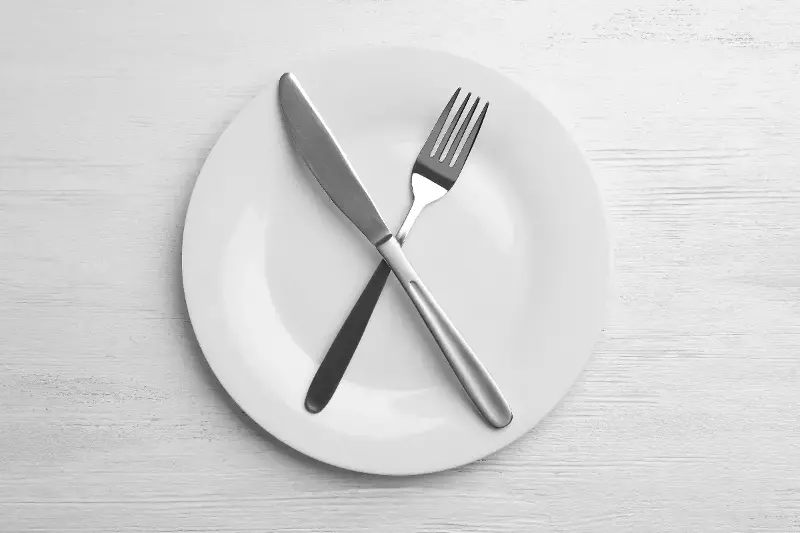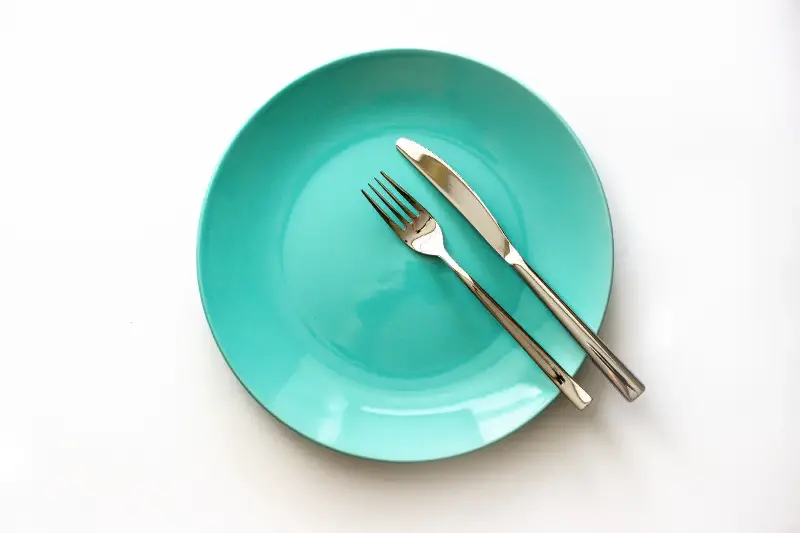Have you ever paused mid-meal, knife and fork poised above your plate, and wondered what message your utensils might be sending? The language of the table, especially in formal dining, goes far beyond sipping and savouring. In many cultures—especially across Europe and in fine restaurants worldwide—how you hold and place your cutlery can convey everything from satisfaction to subtle cues for service. Join us as we uncover the secret signals of the dining table and learn to speak this refined language fluently.

The Art of Utensil Placement: More Than Meets the Eye
For the uninitiated, dining etiquette may seem intimidating, but it’s deeply fascinating. Your knife and fork aren’t just tools for enjoying delicious fare—they’re silent communicators, telling attentive hosts and waitstaff exactly what you want, often without a single word.
The positioning of your utensils can say:
- “I’m taking a break.”
- “I’ve finished and am ready for my plate to be cleared.”
- “I enjoyed my meal greatly—or perhaps, less so.”
This practice is especially prized in top-tier restaurants and international gatherings where politeness speaks volumes.
Global Codes: Continental Versus American Style
Two main schools rule the Western dining scene: Continental (or European) and American style. Both are widely recognised in Southeast Asia’s finest hotels and restaurants, especially with global tourism and multicultural clienteles.
- Continental Style: After cutting, the fork stays in your left hand, tines facing down, knife in your right. To signal a pause, utensils are placed in an inverted “V” on the plate (fork at 8 o’clock, knife at 4 o’clock), tips touching.
- American Style: Here, you cut with the fork in your left and knife in your right—but after cutting, switch the fork to your right to eat, tines facing up. To pause, your knife rests across the plate at the top right; fork stays at the lower centre.
In both styles, paralleling your utensils after finishing (placed together at 4 o’clock or 5 o’clock) signals you've completed your meal. This universal sign tells servers you’re ready for your plate to be cleared—no awkward interruptions necessary.

Subtle Messages: More Than Just ‘Finished’
But table language isn’t just about ending the meal.
- Ready for Next Course: Place knife and fork together vertically in the centre of your plate.
- Didn’t Enjoy the Meal: Position your fork and knife in an “X” shape (though use this sparingly—since it might seem brash or negative).
- Excellent Meal: In some cultures, slightly angle the utensils to form almost parallel lines, tightly together—letting the chef know everything was to your satisfaction.
These cues not only keep communication silent and seamless, but also show respect for the efforts of those preparing and serving your food.
Why Table Etiquette Matters: Impress at Any Table
Mastering the language of the table isn’t just about following old rules. In our globally connected world, dining etiquette is a powerful social skill. Whether sealing an international business deal, impressing potential in-laws, or enjoying haute cuisine, knowing these conventions can elevate your presence and reveal an attention to detail admired across cultures.
Plus, in cosmopolitan cities like Singapore, Jakarta, Bangkok, or Kuala Lumpur, being able to “read the table” and respond in kind is considered a mark of true international savvy.

Quick Reference: Knife and Fork Signals at a Glance
To keep things handy, here’s a cheat-sheet for your next formal dinner:
- Pause: Utensils in an inverted V (Continental) or separate, knife at plate’s top right, fork at centre bottom (American).
- Finished: Both together at 4 o’clock or 5 o’clock (Continental) or vertical at 12 o’clock.
- Ready for Next Course: Both straight down the centre.
- Didn’t Enjoy: Utensils crossed, forming an X (note: rarely used).
- Loved It: Paralleled, tightly together down the plate.
Sensory Dining: Beyond the Rules
Think of these signals as the subtle choreography of dining. Picture the soft clink of cutlery on fine china, the gleam of silver in candlelight, the artful arrangement of utensils after each delicious bite. It’s a ritual that merges flavour with grace, and gives each meal an added layer of meaning.
What story will your table setting tell next time you dine? By attuning yourself to this language, you open doors to seamless, sophisticated experiences anywhere in the world—one fork and knife gesture at a time. You might just find that mastering this secret code transforms not only how others see you, but how you see your own place at the table of the world.
